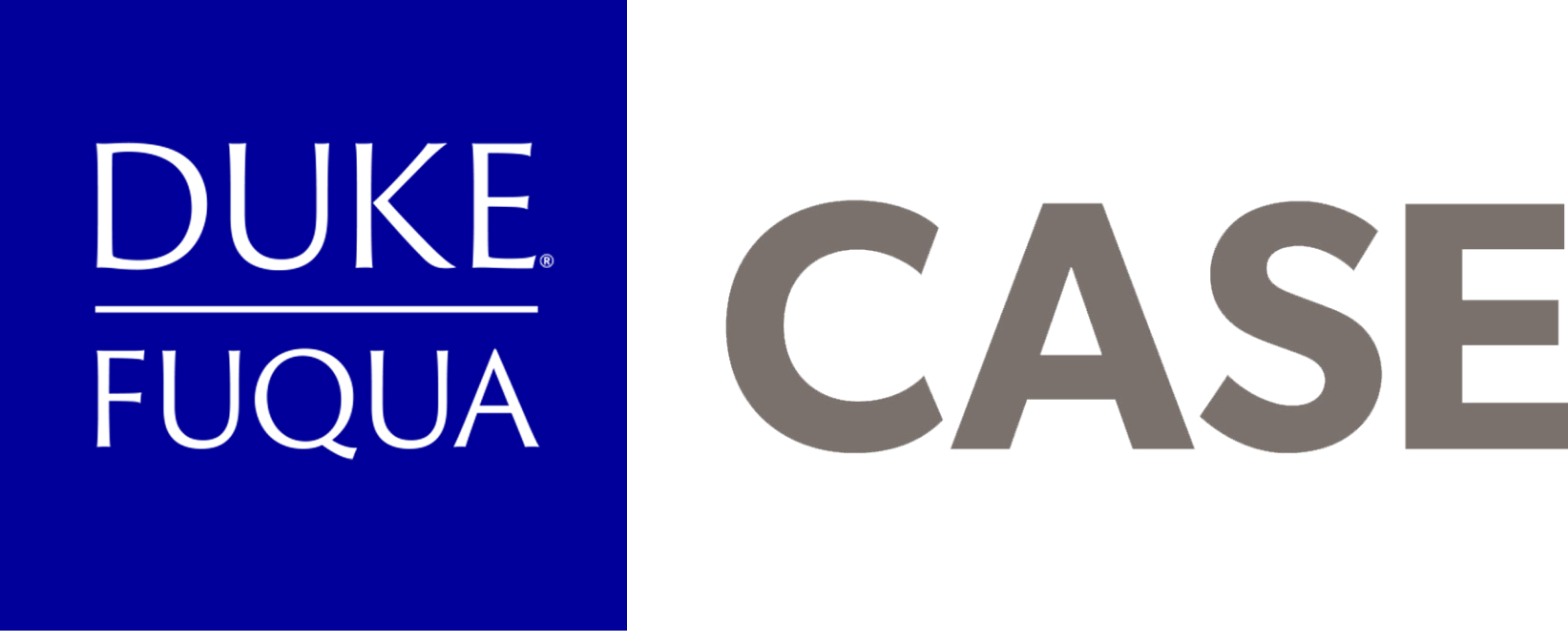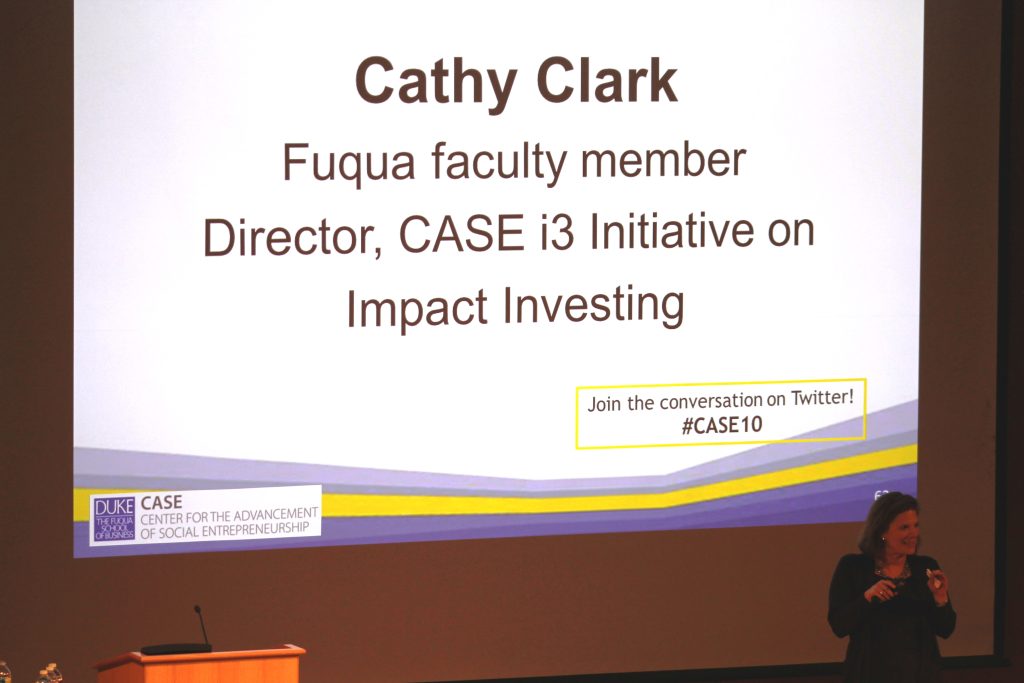Professor Cathy Clark gave this TED-style talk as part of CASE’s 10th anniversary celebration in December 2012.
How do social entrepreneurship and impact investing interrelate? And what does that have to do with Sesame Street?
At CASE’s 10 Year Anniversary Celebration, Professor Cathy Clark used the example of Sesame Street to articulate a formula for social change and show the trends in each area:
Capital + Ideas + People + Timing = Social Change
Capital … According to Clark, we are still struggling with what she calls the “2 pocket model” – the market pocket where we expect a market rate return on our investments and the separate, philanthropic pocket where we give without expecting financial return.
However, we are starting to question this “separation of pockets” and are beginning to design a continuum of products that satisfy different needs and expectations for a blending of returns.
Ideas … According to Clark, “social entrepreneurship is sexy” which means that we are going to continue to see a flood of ideas and the challenge will be to filter out the ideas that work and have the best chance of scale. This isn’t a capital problem, but a knowledge problem in which we need to better understand what has been tried, what has succeeded, what has failed?
People … Although we tend to focus on the founders in social entrepreneurship – these dynamic and passionate individual that drive change – it is critical to remember that social entrepreneurship is truly about the team. Every great innovation requires different skills and different kinds of expertise to succeed and grow and create system change.
Timing … Cathy described timing as one of the most critical factors between success and failure. In her example, Sesame Street was successful because of their great idea and hard work but also because others had been working on policy for public broadcasting for years beforehand, setting the stage and making the timing right for Sesame Street’s success.
Our challenge as we move forward is to understand how to maximize this formula for social change. As Cathy stated, “capital is a catalyst, it is not an agent of change. It is dependent on all of these other things going right. The people and ideas are essential. … Timing is the gating factor.” If it all works right, “we end up with beautiful ripple effects” of social change.
Hear more from Cathy Clark below.

